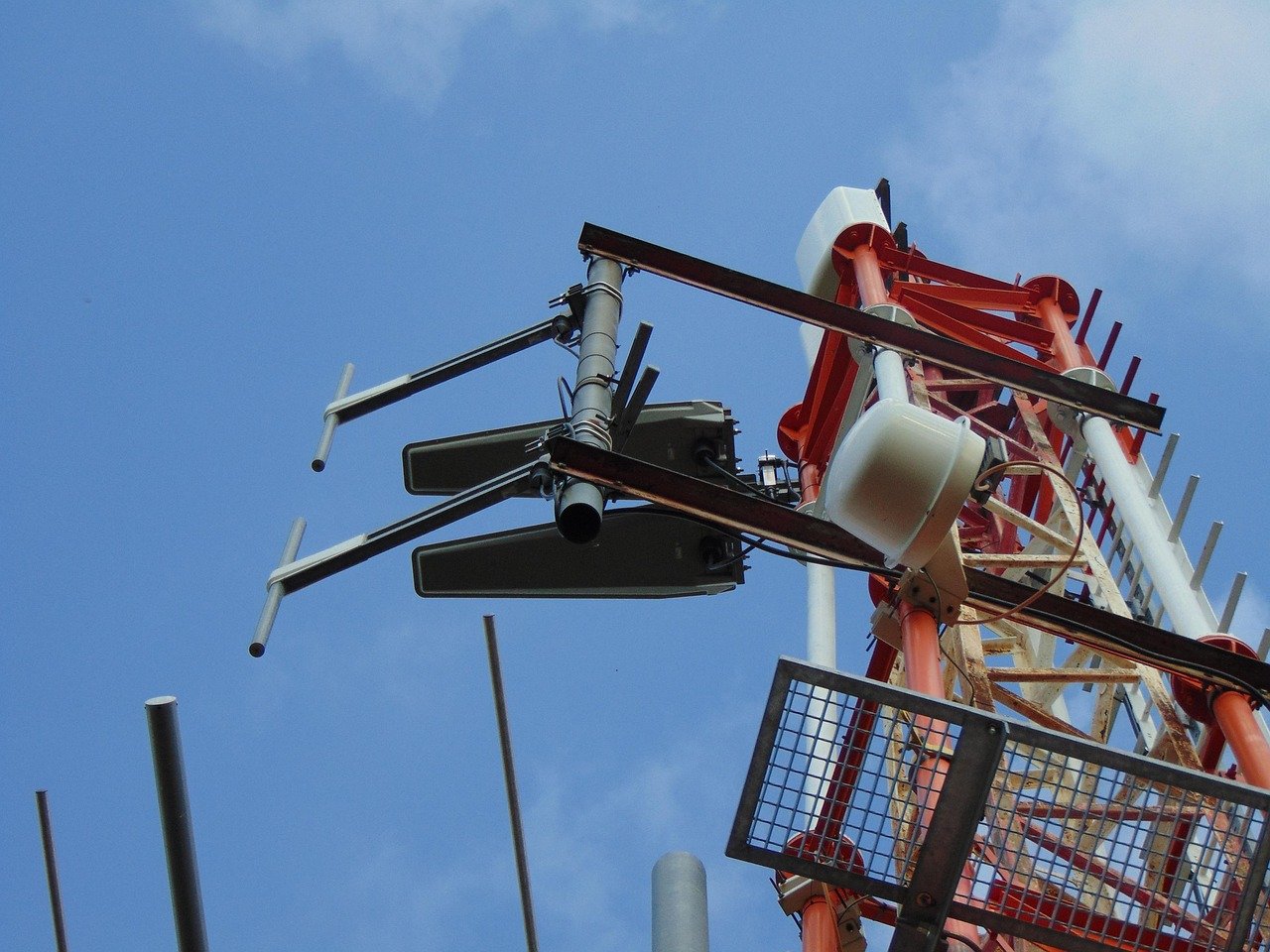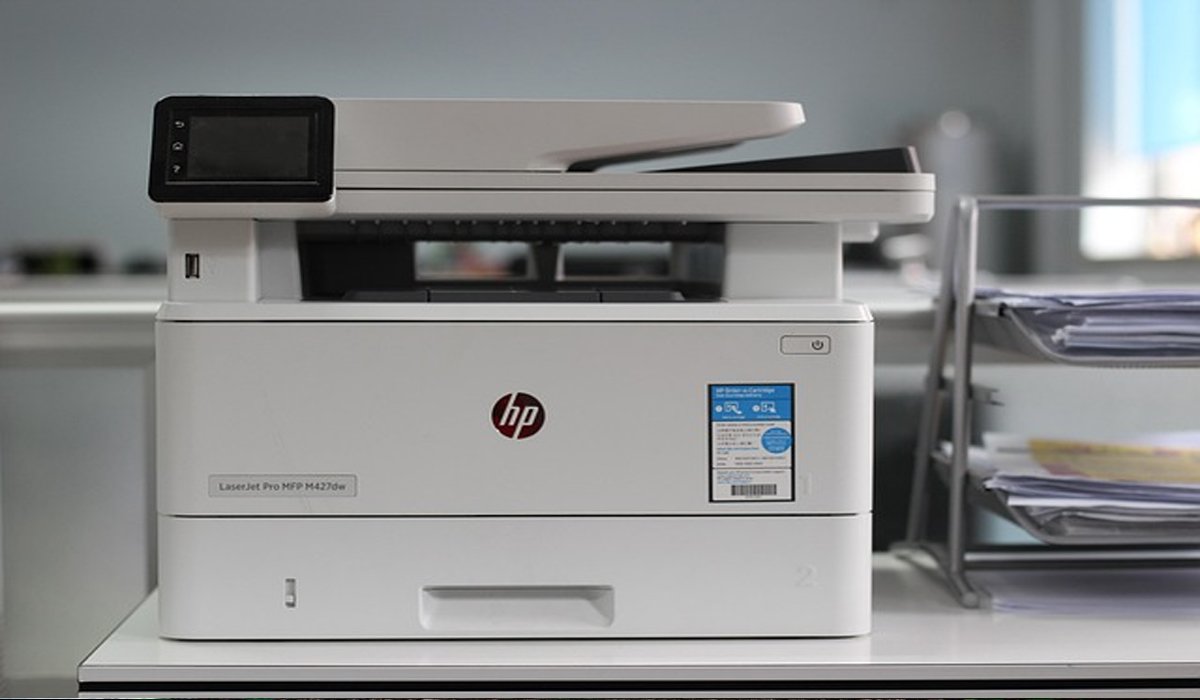What if your warehouse could run 24/7 without fatigue, errors, or safety risks? Picture a logistics center where packages fly off shelves with clockwork precision—no coffee breaks, no slowdowns. This isn’t sci-fi; it’s the reality for businesses leveraging tex9.net robots. These AI-driven systems are redefining automation, but myths about complexity and cost still hold many back. Let’s demystify them and show you how to harness this power.
What Are tex9.net Robots? (Beyond the Buzzword)
Think of tex9.net robots as the Swiss Army knife of automation. They’re not clunky, single-task machines bolted to the floor. Instead, they’re versatile, self-learning tools designed for dynamic environments like logistics, manufacturing floors, or busy warehouses. Powered by advanced AI, they adapt, collaborate, and learn on the job – making them fundamentally different from traditional automation.
Traditional Robots vs. tex9.net Robots: A Quick Comparison
| Feature | Traditional Robots | tex9.net Robots |
| Flexibility | Fixed tasks, hard to reprogram | Adapt tasks on-the-fly, learn new skills |
| AI Integration | Limited or none | Core function: learns & optimizes continuously |
| Deployment Cost | High (specialized setup) | Lower (modular, cloud-managed) |
| Human Collaboration | Often requires safety cages | Designed for safe co-working spaces |
| Scalability | Difficult, expensive | Easy, add units via cloud updates |
In short, tex9.net robots are your smart, agile workforce partners.
5 Game-Changing Benefits You Can’t Ignore
Why are businesses scrambling to adopt these systems? The benefits hit right where it hurts for operational managers:
- Safety First: Equipped with advanced sensors (LiDAR, 3D cameras), they detect people and obstacles instantly, slowing or stopping to prevent accidents. No more risky heavy lifting or repetitive strain injuries for your team.
- Scale Effortlessly: Need to handle a holiday surge? tex9.net robots scale with your business. Adding capabilities often happens through simple software updates or deploying more units – no massive re-engineering.
- Serious ROI: Cut labor costs on mundane tasks by up to 30%. Reduce costly errors (mis-picks, damaged goods) and boost overall output. The payback period is often surprisingly short – think months, not years.
- Pinpoint Precision: Achieve accuracy down to fractions of a millimeter (<0.1mm error). Perfect for quality inspection, delicate assembly, or ensuring every order is exactly right.
- Unmatched Uptime: They don’t get tired, take breaks, or call in sick. Operate 24/7, maximizing your facility’s potential and hitting those tight deadlines consistently.
Real Impact: Take “Acme Corp” (a mid-sized distributor). By integrating tex9.net robots for order picking and replenishment in their Ohio warehouse, they slashed fulfillment errors by 75% and boosted daily output by 40% within 6 months. Their ROI? Achieved in under 10 months.
Implementing tex9.net Robots: A Stress-Free Blueprint
Worried it’s too complex? Don’t be. Think of onboarding tex9.net robots like hiring and training a fantastic new team member. Here’s your step-by-step guide:
- Audit Your Workflows: Identify the repetitive, time-consuming, or error-prone tasks. Is it picking? Inventory counts? Machine tending? Start where the pain is greatest.
- Pilot Test (Dip Your Toes In): Don’t overhaul everything overnight. Run a focused pilot with 1-2 robots on one specific task. Measure performance, cost savings, and team feedback rigorously.
- Train Your Crew (Human & Robot): Your staff are key. Train select “robot liaisons” to manage and collaborate with the bots. The robots themselves learn via intuitive interfaces – often no coding required! Drag-and-drop task programming is common.
- Full Rollout & Optimize: Once the pilot proves successful, scale up strategically. Use the cloud-based analytics from your tex9.net robots to continuously refine processes and find new efficiencies.
Addressing the Elephant in the Room: “Will they replace jobs?” Actually, they handle the dull, dirty, and dangerous tasks. This frees your human team to focus on higher-value work: strategy, customer service, quality control, and complex problem-solving. Think augmentation, not replacement. Staff often become upskilled technicians managing the robot fleet.
Read also: Seeing the World Through a Prizmatem: Unlock Hidden Patterns & Smarter Solutions
Case Study: TexTech Logistics – A Transformation Story
TexTech Logistics, a regional fulfillment provider, faced skyrocketing demand and chronic labor shortages. Manual picking was slow and error rates were eating into profits. Skeptical but desperate, they launched a pilot with tex9.net robots for their busiest picking zone.
The Results Were Staggering (Within 4 Months):
- Throughput Boost: 200% increase in packages processed per hour.
- Error Reduction: Order accuracy jumped to 99.98%.
- Labor Reallocation: Staff moved to customer exception handling and process improvement, leading to higher satisfaction scores.
- ROI: Achieved in just 7 months.
The Biggest Surprise? Staff morale improved. “Removing the back-breaking, monotonous work made a huge difference,” reported their operations manager. “People felt their time was valued more.”
Quarterly Productivity Growth (Pre vs. Post-Implementation):
[Imagine a simple bar chart showing a flat line for Q1-Q2 (Pre) and a steep upward curve starting Q3 (Post-Implementation)]
Future-Proofing with tex9.net: What’s Next?
The tech isn’t standing still. tex9.net robots are evolving fast:
- Swarm Intelligence: Robots communicating and coordinating like a hive mind for incredibly complex tasks (e.g., dynamically optimizing entire warehouse traffic flow).
- Hyper-Adaptive Learning: AI that predicts workflow bottlenecks and self-adjusts before slowdowns occur.
- Greener Bots: Focus on energy efficiency, longer battery life, and sustainable materials, reducing operational costs and environmental footprint.
- Broader Industry Reach: Beyond warehouses, expect deeper integration in healthcare (lab automation), retail (inventory management), and agriculture.
As Dr. Lena Rodriguez from MIT Robotics puts it: “The next frontier isn’t just automation; it’s adaptable, collaborative intelligence. Systems like tex9.net robots, where machines learn continuously and work safely alongside humans, are setting the new benchmark for operational resilience.”
Ready to Transform Your Operations?
tex9.net robots aren’t just for corporate giants with bottomless budgets. They’re a practical, scalable, and surprisingly accessible solution for SMBs ready to boost efficiency, cut costs, and empower their workforce.
Your Action Plan Starts Now:
- Audit: Spend 15 minutes identifying one repetitive task draining your team’s time or causing errors.
- Explore: Schedule a tex9.net robots demo. See the tech in action tailored to your needs.
- Empower: Nominate one “robot champion” on your team to learn about automation possibilities.
Worth the investment? Absolutely. The question isn’t if you should automate, but how soon you can start reaping the benefits. tex9.net robots offer a clear, manageable path.
Which workflow would you automate first? Share your thoughts below!
FAQs
- Can tex9.net robots work alongside humans safely?
Yes! They have advanced sensors (LiDAR, cameras) to detect people and obstacles, slowing or stopping automatically. They’re designed as collaborative robots (“cobots”).
- What’s the average cost for a small business?
Costs vary based on tasks and scale, but modular systems often start in the tens of thousands, significantly lower than traditional industrial robots. Leasing options are common.
- How long does deployment take?
A focused pilot can be up and running in weeks. Full rollout depends on scope but is designed for speed compared to traditional automation.
- Do they require coding skills to operate?
Generally, no! Most use intuitive graphical interfaces (drag-and-drop) or simple scripting. Training focuses on task setup and management.
- What industries benefit most?
Warehousing/logistics, manufacturing (assembly, tending), e-commerce fulfillment, laboratories, and agriculture are prime candidates.
- Can they adapt to changing tasks?
This is a key strength! AI allows them to learn new tasks via reprogramming or demonstration, adapting to workflow shifts.
- How is maintenance handled?
Typically low-maintenance. Cloud monitoring often predicts issues. Service plans from tex9.net or partners handle repairs, minimizing downtime.
You may also like: Lillienu: The AI Co-Pilot Transforming How Everyday Businesses Thrive











